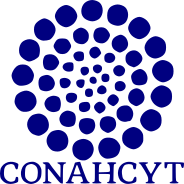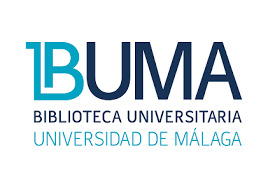ABORDAGEM ETNOBOTÂNICA NA COMUNIDADE DE CONCEIÇÃO-AÇU. MATO GROSSO, BRASIL
Abstract
This paper focuses on an ethnobotanical
survey of plants classified into different
categories of use in the community of Conceição-Açu, in the city of Cuiabá, Mato
Grosso. One of the aims was to estimate the
use value of gallery forest plants. Structured
and non-structured interviews and questionnaires were administered to adult residents
of both sexes, and the following landscape
units were identified: backyard, home garden and gallery forest. A total of 180 useful
plant species were identified, the majority of
which were collected during the interviews.
These were deposited in the Herbarium of
the Federal University of Mato Grosso. In
the backyards of the residences, 86 species
belonging to 43 families were identified, the
majority of them cultivated and utilized as
food (48%) or medicine (45%). In the home
gardens the main crops were Manihot esculenta L. (100%), Carica papaya L. (76%),
Musa paradisiaca L. (71%) and Saccharum
officinarum L. (57%). About 65% of gallery
forest species were considered medicinal
plants. Prominent among them were the
species Copaifera langsdorffii Desf., Aspidosperma polyneuron Muell. Arg., Hymenaea stignocarpa Mart., Diptychandra
aurantiaca Tul., Cariniana rubra Gardner
ex Miers and the families Mimosaceae, Bignoniaceae, Caesalpiniaceae, Fabaceae and
Sapindaceae. The results showed that people
are knowledgeable about plant diversity in
the landscape units of the countryside.
Downloads
Published
Issue
Section
License

Polibotánica by Departamento de Botánica de la Escuela Nacional de Ciencias Biológicas del Instituto Politécnico Nacional se distribuye bajo una Licencia Creative Commons Atribución-NoComercial-CompartirIgual 4.0 Internacional.




















